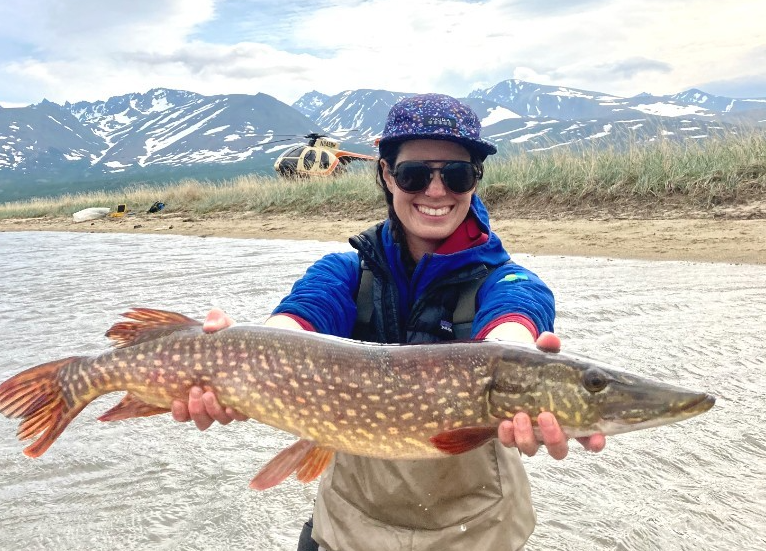Back
Oral
River Restoration (Hydraulics & Waterways)
Port Graham Fish Passage Program: Change Management in Rural Alaska from Inception to Construction
Wednesday, May 21, 2025
3:00 PM – 3:15 PM Alaska Daylight Time (AKDT)
Room: Room 7 & 8

Kacy Grundhauser, CFM
HDR, Alaska, United States

Marguerite Tibbles
US Fish & Wildlife Service, Alaska, United States
Author(s)
Co-Author(s)
Abstract Submission: Port Graham is a remote village of 150 year-round residents in Kachemak Bay, Alaska and is only accessible by boat or plane. From the 1960s to the early 2000s, Port Graham was a busy commercial fishing and logging district with over 100 miles of logging roads. However, the roads have deteriorated over time to being nearly impassable. Port Graham Corporation (PGC), the local Alaska Native Corporation associated with the community, is expanding subsistence, recreation, and economic opportunities by restoring the community’s roads. Through a grant partnership with the US Fish and Wildlife Service (USFWS), PGC has been systematically repairing and maintaining this network of old roads, identifying failed drainage crossings, and restoring fish passage where appropriate. In summer 2022, USFWS and PGC identified nearly 40 potential fish passage improvement sites along the main road. HDR joined to assess priority sites, progress the Windy Bay Washout Site through final design, and provide construction support for this site in 2024. Specific design elements included a rock weir to hold the upstream pond’s water surface elevation and an overflow culvert to divert sediment pulses from accumulating in the fish passage culvert. Additional rural Alaska logistics, limited crew capacity, and challenging remote conditions required the team to proactively manage change. This presentation will walk through Port Graham’s first fish passage culvert project, examine change management strategies implemented, and present key takeaways from the field. It aims to remind us to embrace change in our projects and encourage others to adapt to change.
Learning Objectives/Expected Outcome (Optional) :
Learning Objectives/Expected Outcome (Optional) :

